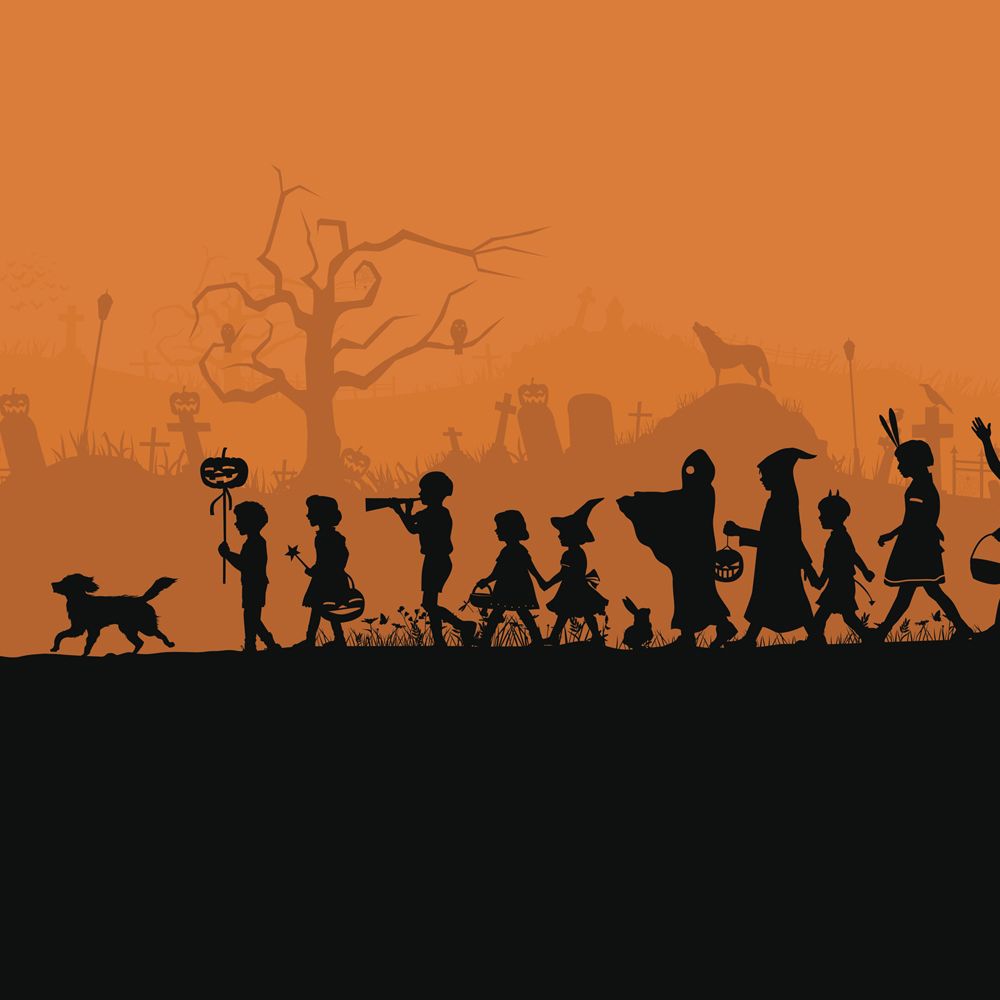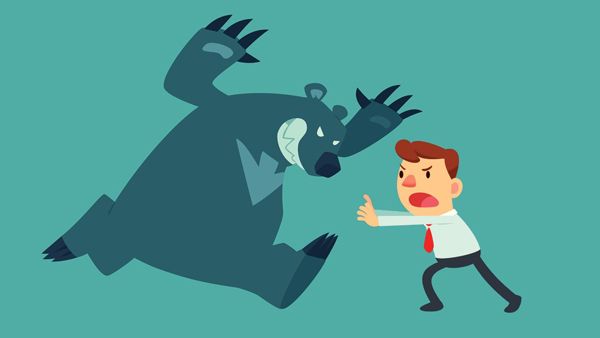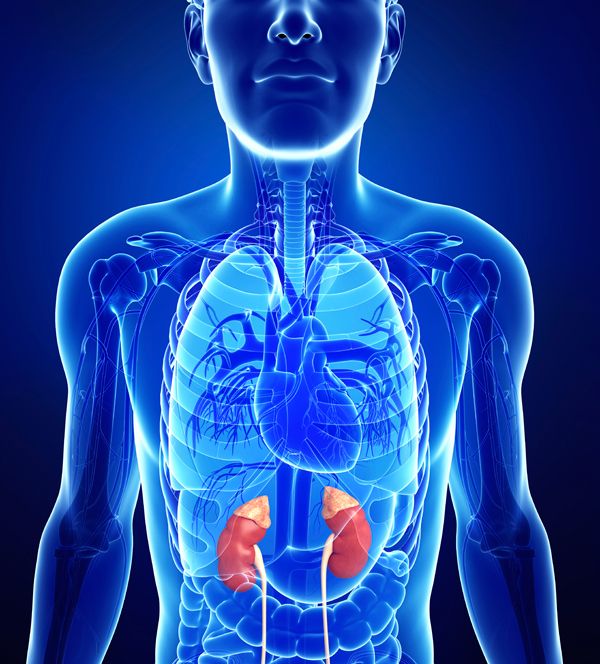My Cart
Your Shopping Cart is currently empty. Use Quick Order or Search to quickly add items to your order!
 By Dhani Biscocho
By Dhani Biscocho
Product Manager
Biotechnology, Forensics, and Genetics
October 2015
Picture this scenario.
On a dark Halloween night, a kid named Kyle, dressed as a mummy, walks through a neighborhood trick-or-treating. He gets a text from his friend Jamie. “A neighborhood across town is giving away full-size candy bars!” Kyle is reluctant to go because of the long trek to the other part of town, until he realizes he can cut through the old graveyard.
As Kyle walks through the gates of the graveyard with his sack of candy in tow, all he hears are gusts of a soft wind. It’s difficult to see due to the darkness and low-lying fog. He can make out the overlying trees and the outline of tombstones. With caution, he shuffles across the old graveyard. Suddenly, a dark figure appears from behind a gravestone. Spooked, Kyle freezes in fear. He drops his bag of treats. His body tenses up, legs and hands shaking. His heart is racing, and his pupils dilate as he sweats. His body is threatened and preparing itself for an attack!
What’s happening to Kyle? There are biological explanations for what happens to and within our bodies when we’re frightened. Fear triggers a primitive part of our brain that controls many involuntary functions.
In the 1920s, a scientist by the name of Walter Cannon described the fight-or-flight response in his published works. It is an animal’s natural response when its survival is threatened. Our bodies go through the same physical and chemical processes in order to decide how we are going to deal with stressors. The following is a synopsis of the events that occur in the autonomic nervous system (ANS), which functions in controlling involuntary actions.




The physical effects of these hormones include: increased heart rate (moves nutrient rich blood to vital organs and muscles), sweating (caused by the anticipation of the heat production of the oncoming physical activity), dilated pupils (allows far away vision, so we can assess threats from a distance), increased blood pressure (provides blood flow to vital organs essential to survival), increased lung activity (allows for maximal airflow), shaking, loss of hearing, and dry mouth.
These physiological responses can be measured using a variety of our specialized tools, such as a stethoscope, sphygmomanometer, flashlight, spirometer, or by simple observation.
Now you have a better understanding of the cascade of reactions occurring in Kyle’s body. He can run away, or he can confront the shadowy figure. Either way, his body is primed for activity.
As Kyle gets ready to brave the danger, the figure moves into view. It’s his friend Jamie, dressed as a vampire! She decided to meet him halfway, hide in the graveyard, and spook him. What a rotten but appropriate trick to play on her friend. Jamie drops to her knees laughing as Kyle picks up his sack of candy. “You just wait. The night’s not over yet,” he shouts back at her.
The next time you become frightened, whether you’re watching a scary movie, seeing something unexpected as you walk through the woods at dusk, or listening to an eerie sound coming from the attic, remember that your body is not actually paralyzed with fear. It’s going through a series of physiological reactions in order to ensure your survival.
Happy Halloween!
Sherwood, L. (2004) Human Physiology: From Cells to Systems. Belmont, CA: Brooks/Cole Thomson Learning.
Johnson, M.D. (2001) Human Biology: Concepts and Current Issues. San Francisco, CA: Benjamin Cummings.
Margioris, A.N. and Tsatsanis, C. (2011) ACTH Action on the Adrenal. Endotext: Complete Source for Clinical Endocrinology. http://www.ncbi.nlm.nih.gov/books/NBK279118/